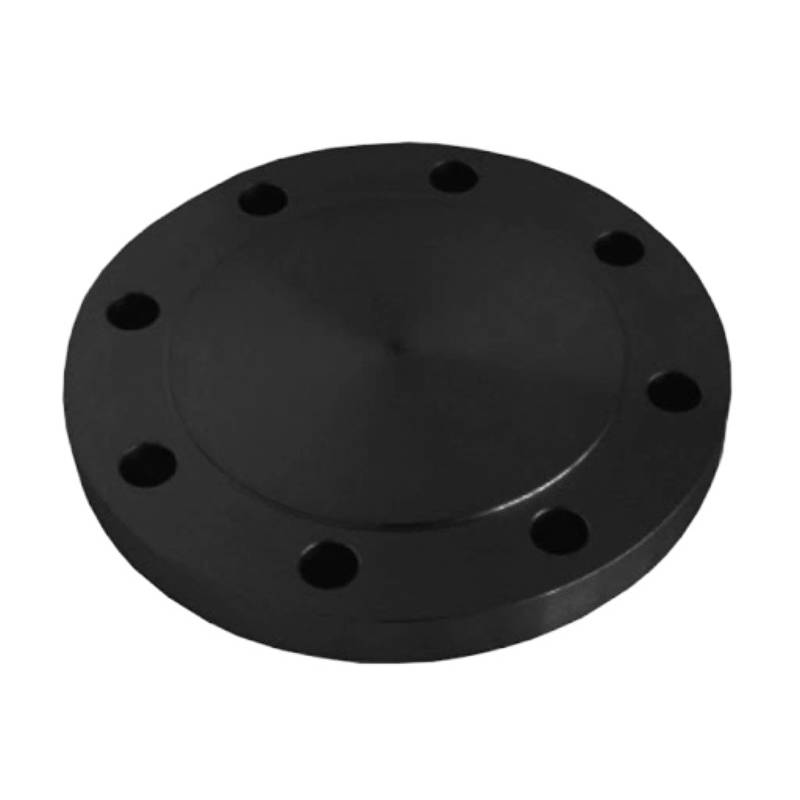-
Cangzhou Yulong Steel Co., Ltd.
-
Phone:
+86 13303177267 -
Email:
admin@ylsteelfittings.com
- English
- Arabic
- Italian
- Spanish
- Portuguese
- German
- kazakh
- Persian
- Greek
- French
- Russian
- Polish
- Thai
- Indonesian
- Vietnamese
- Zulu
- Korean
- Uzbek
- Hindi
- Serbian
- Malay
- Ukrainian
- Gujarati
- Haitian Creole
- hausa
- hawaiian
- Hebrew
- Miao
- Hungarian
- Icelandic
- igbo
- irish
- Japanese
- Javanese
- Kannada
- Khmer
- Rwandese
- Afrikaans
- Albanian
- Amharic
- Armenian
- Azerbaijani
- Basque
- Belarusian
- Bengali
- Bosnian
- Bulgarian
- Catalan
- Cebuano
- China
- China (Taiwan)
- Corsican
- Croatian
- Czech
- Danish
- Esperanto
- Estonian
- Finnish
- Frisian
- Galician
- Georgian
- Kurdish
- Kyrgyz
- Lao
- Latin
- Latvian
- Lithuanian
- Luxembourgish
- Macedonian
- Malgashi
- Malayalam
- Maltese
- Maori
- Marathi
- Mongolian
- Myanmar
- Nepali
- Norwegian
- Norwegian
- Occitan
- Pashto
- Dutch
- Punjabi
- Romanian
- Samoan
- Scottish Gaelic
- Sesotho
- Shona
- Sindhi
- Sinhala
- Slovak
- Slovenian
- Somali
- Sundanese
- Swahili
- Swedish
- Tagalog
- Tajik
- Tamil
- Tatar
- Telugu
- Turkish
- Turkmen
- Urdu
- Uighur
- Welsh
- Bantu
- Yiddish
- Yoruba

Aug . 13, 2024 00:02 Back to list
Analysis and Applications of Two-Stage Centrifugal Pumps in Various Industrial Settings
Understanding the 2-Stage Centrifugal Pump A Comprehensive Overview
Centrifugal pumps are pivotal in various industrial applications, providing efficient fluid transfer and management solutions. Among the various designs, the 2-stage centrifugal pump stands out due to its ability to handle higher pressures and flow rates compared to single-stage pumps. This article aims to explore the functionality, applications, advantages, and considerations related to 2-stage centrifugal pumps.
Functionality of a 2-Stage Centrifugal Pump
A 2-stage centrifugal pump consists of two impellers configured in series, which allows the pump to increase the pressure of the fluid more effectively than a single impeller design. When the fluid enters the pump, it is first drawn into the first impeller. As the impeller spins, it accelerates the fluid, converting kinetic energy into pressure energy. The fluid then exits the first impeller and enters the second. The second impeller further increases the pressure before discharging the fluid from the pump.
The configuration of two stages means that each impeller adds its own pressure head, allowing the pump to generate higher discharge pressures. This is particularly beneficial in applications where the fluid must be transported over considerable distances or against high resistance.
Applications
2-stage centrifugal pumps are commonly used in various sectors such as
1. Water Supply and Distribution These pumps are utilized in municipal water systems to transport water from treatment plants to storage tanks or directly to consumers.
2. Irrigation Systems In agricultural applications, 2-stage pumps facilitate the efficient distribution of water to crop fields, particularly in areas where water pressure needs to be significantly high.
3. Industrial Processes Many manufacturing facilities rely on these pumps for processes requiring high-pressure fluid movement, such as chemical processing and petrochemical industries.
4. Building Services In high-rise buildings, 2-stage pumps help to supply water efficiently to upper floors, overcoming the gravitational challenges posed by height.
Advantages
2 stage centrifugal pump

The advantages of using a 2-stage centrifugal pump include
- Increased Efficiency With two impellers working in tandem, these pumps can achieve higher efficiencies, making them suitable for demanding applications where energy savings are crucial.
- Higher Pressure Capabilities As mentioned, the dual impeller design allows for significantly increased pressure outputs, which is essential for many industrial applications
.- Compact Design Despite their additional stage, 2-stage centrifugal pumps can be designed to occupy less space than two separate single-stage pumps, making them ideal for installations with limited space.
- Versatility These pumps can handle a wide range of flow rates and viscosity levels, making them adaptable to various fluids and operational conditions.
Considerations
When selecting a 2-stage centrifugal pump, several factors must be taken into account
- NPSH Requirements It is crucial to consider the Net Positive Suction Head (NPSH) required by the pump to ensure cavitation does not occur, which can damage the pump.
- Material Compatibility The pump materials must be compatible with the fluid being pumped to prevent corrosion or degradation.
- Maintenance Regular maintenance is essential to ensure operational efficiency and prolong the lifespan of the pump. Users should consider ease of access for servicing when selecting a pump.
Conclusion
The 2-stage centrifugal pump is a vital component in various industries, offering reliable and efficient fluid movement solutions. Its ability to generate high pressures and handle diverse applications makes it an indispensable tool for engineers and operators alike. With proper selection and maintenance, these pumps can significantly enhance operational efficiency and contribute to the longevity of infrastructure in water management and industrial processes.
Latest news
-
ANSI 150P SS304 SO FLANGE
NewsFeb.14,2025
-
ASTM A333GR6 STEEL PIPE
NewsJan.20,2025
-
ANSI B16.5 WELDING NECK FLANGE
NewsJan.15,2026
-
ANSI B16.5 SLIP-ON FLANGE
NewsApr.19,2024
-
SABS 1123 FLANGE
NewsJan.15,2025
-
DIN86044 PLATE FLANGE
NewsApr.19,2024
-
DIN2527 BLIND FLANGE
NewsApr.12,2024
-
JIS B2311 Butt-Welding Fittings LR/SR 45°/90° /180°Seamless/Weld
NewsApr.23,2024











